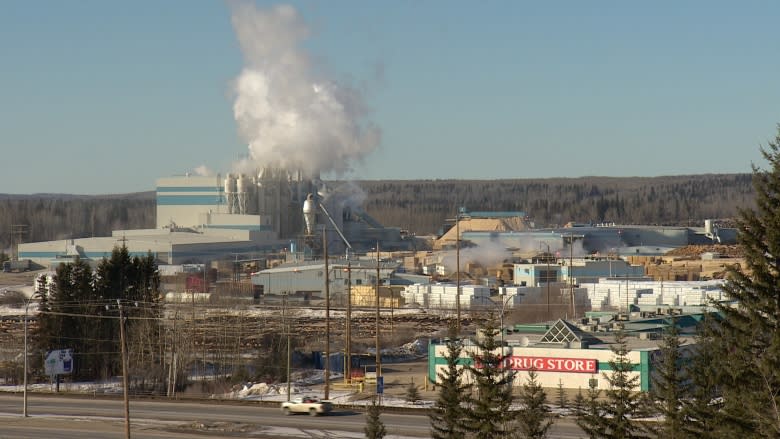Alberta forestry grows while oil and gas shrinks
While pink slips are being handed out in the oil patch, the resumes are rolling in for the province's forestry industry.
A combination of new markets and a recovering U.S. economy are providing an injection of activity to the industry at the same time that many people laid off from the oil and gas sector are looking for work.
Dalton Labine, a certified auto and heavy duty mechanic, found it appealing to get a stable job in forestry, sheltered from the ebb and flow of the oil market.
"You're coming to work everyday, you know in six months time you're still working, in two years time you're still working. They have employees that have been here 35 to 40 years," he said from Whitecourt, where he has worked since July 2014.
The upsurge in forestry isn’t a surprise to Paul Whitaker, president of the Alberta Forest Products Association.
For the past two years he has watched the industry grow or “rebound” at a rate of about 10 per cent a year, growth he expects will continue.
He contrasts the forestry industry's future prospects with Alberta’s oil patch sector and the billions it generates in revenue.
“We are the ultimate renewable resource. We harvest trees, we replant them, we harvest them again many years later. This is an industry that's here for the long run. We know that we'll be here 100 years from now,” said Whittaker.
People hungry for work
The growth has been felt on the front-lines of the forestry sector.
"I'd say we're probably getting 25 to 50 per cent more resumes on a weekly basis," said Jane Lockinger, a human resources manager with Millar Western Forest Products, with offices throughout Alberta including Whitecourt.
Labine left what he called an uncertain industry, mining, for the stability of forestry.
“It (forestry) seems to be quite alive and just keeps on truckin,” he said.
Labine said the decision to relocate from FlinFlon in Manitoba to Whitecourt was easy.
“If you look at the trains and the trucks that are coming in here and taking out the finished product out daily, it doesn’t show any signs of slowing down at all. It's just go, go, go 24 hours a day.”



